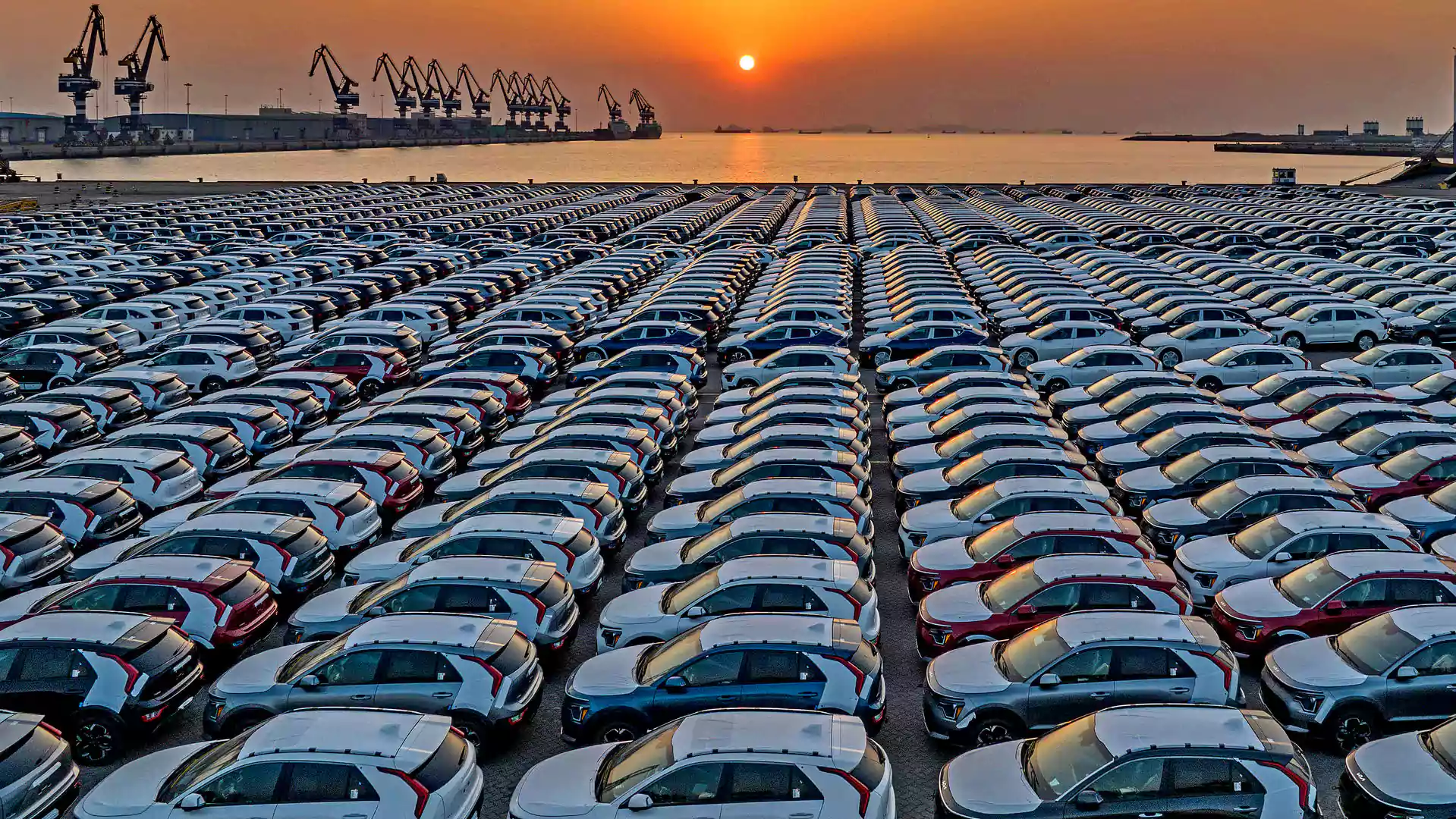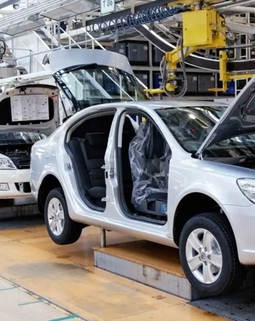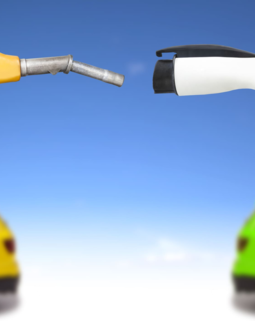Importing a car into Bangladesh involves navigating a complex system of taxes, duties, and regulations. The government's policies significantly impact the final price of imported vehicles, making them considerably more expensive than in many other countries. Understanding these policies is crucial for anyone considering importing a car, whether new or used. This article breaks down the key components of the car import tax Bangladesh system.
The primary governing body for car imports is the National Board of Revenue (NBR) of Bangladesh. The NBR sets the import duties, supplementary duties, value-added tax (VAT), and other charges that apply to imported vehicles. The Bangladesh Road Transport Authority (BRTA) handles vehicle registration and fitness certification.
The core of the car import tax Bangladesh structure is a multi-tiered system based primarily on the engine capacity (cc) of the vehicle. This system includes several components:
- Customs Duty (CD): This is a base duty applied to the assessed value of the vehicle. The rate varies depending on the vehicle type and engine capacity.
- Supplementary Duty (SD): This is a significant additional duty applied on top of the customs duty. The SD rate is highly progressive, increasing dramatically with engine size. This is the main reason why larger-engined, luxury vehicles are so expensive in Bangladesh.
- Value Added Tax (VAT): A 15% VAT is applied to the total value of the car after customs duty and supplementary duty have been calculated.
- Advance Income Tax (AIT): This is an advance payment of income tax, calculated as a percentage of the vehicle's value.
- Regulatory Duty (RD): A smaller duty, typically a fixed percentage.
- Advance Trade VAT (ATV): Applied on imported vehicles.
The specific rates for each of these duties and taxes change periodically, and it's essential to consult the latest NBR circulars and customs regulations for the most up-to-date information. However, the general principle is that the higher the engine capacity, the higher the total tax burden. For example, a small car with an engine under 1500cc might face a total tax burden (all duties and taxes combined) of around 128% of its CIF (Cost, Insurance, and Freight) value. In contrast, a luxury car with an engine over 4000cc could face a total tax burden exceeding 800% of its CIF value.
In addition to engine capacity, other factors can influence the car import tax Bangladesh:
- Vehicle Type: Different rates apply to sedans, SUVs, microbuses, etc.
- New vs. Used: Used cars generally have lower assessed values, resulting in lower duties (although age restrictions apply). Bangladesh generally allows the import of used cars up to five years old, but the depreciation rates applied to the value decrease with age.
- Hybrid/Electric Vehicles: The government has offered some tax incentives for hybrid and electric vehicles to encourage their adoption, but these incentives are often less substantial than the overall tax burden.
- Diplomatic/Privileged Persons: Diplomats and certain privileged individuals may be eligible for duty-free or reduced-duty import privileges.
The import process itself also involves specific procedures and documentation, including:
- Import Permit (IP): Obtaining an import permit from the relevant authorities.
- Letter of Credit (LC): Opening a Letter of Credit with a bank to facilitate payment to the exporter.
- Bill of Lading: The shipping document.
- Invoice: The commercial invoice from the seller.
- Packing List:
- Insurance Documents:
- Pre-shipment Inspection (PSI): For used vehicles, a pre-shipment inspection is usually required to verify the vehicle's condition and age.
The complex and often changing nature of car import tax Bangladesh policies makes it crucial to consult with customs officials, experienced importers, or customs clearing agents to ensure compliance and avoid penalties. The high taxes significantly impact the affordability of imported vehicles, shaping the automotive market in Bangladesh.





